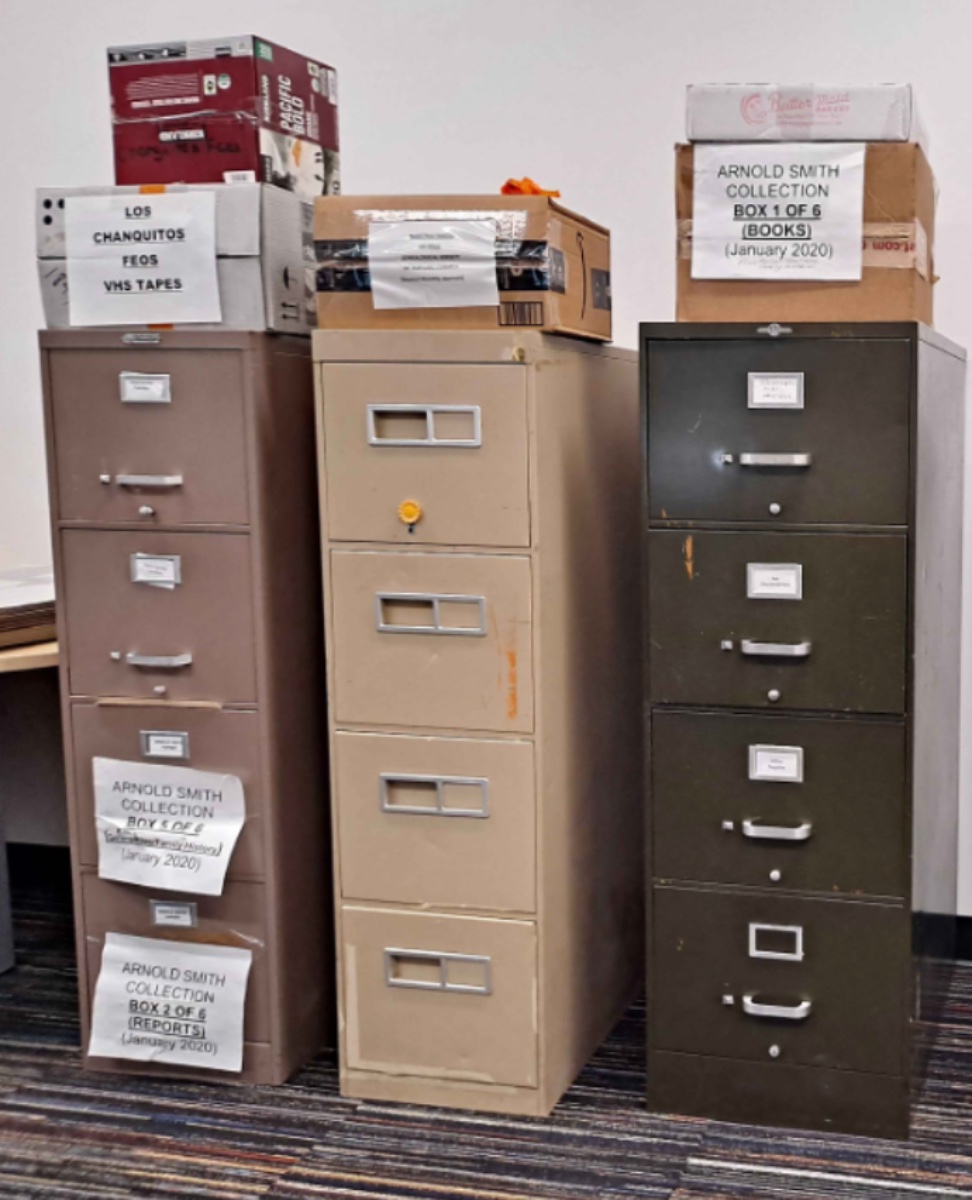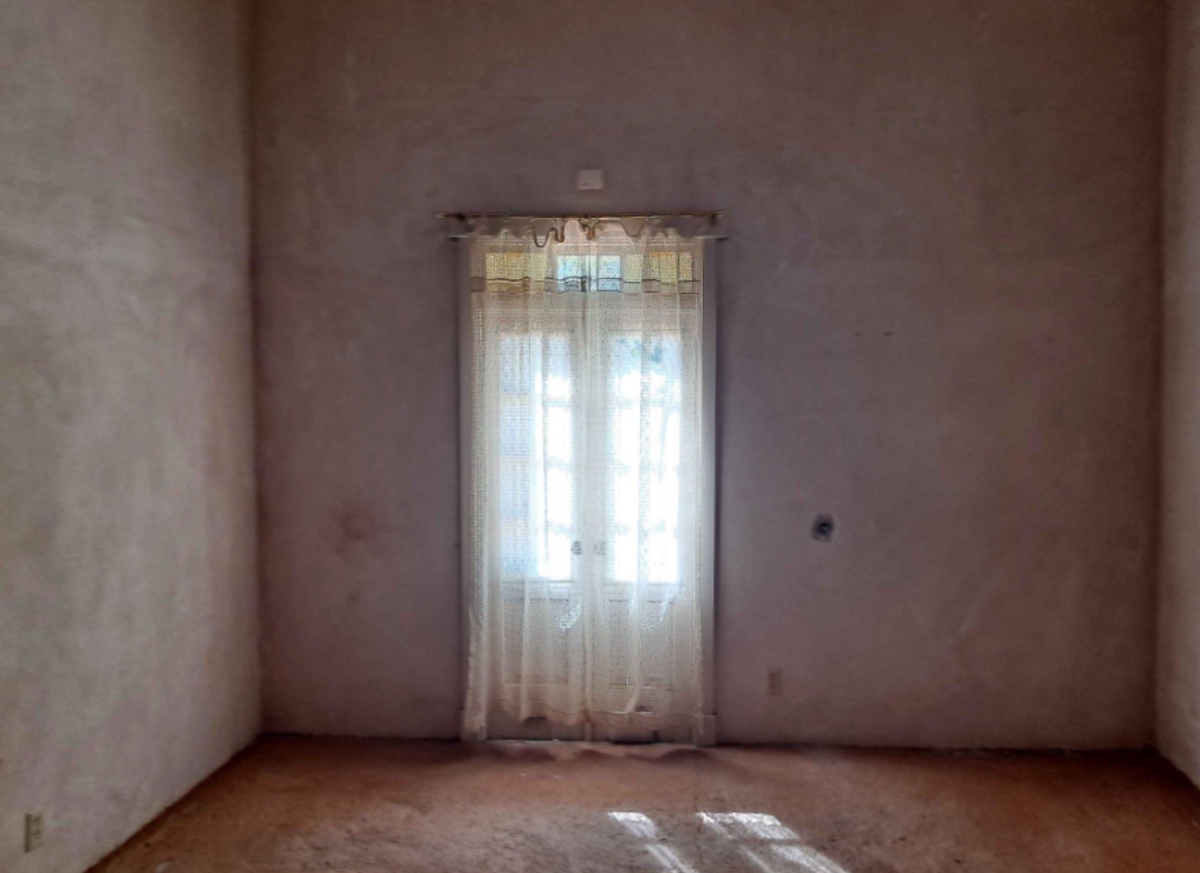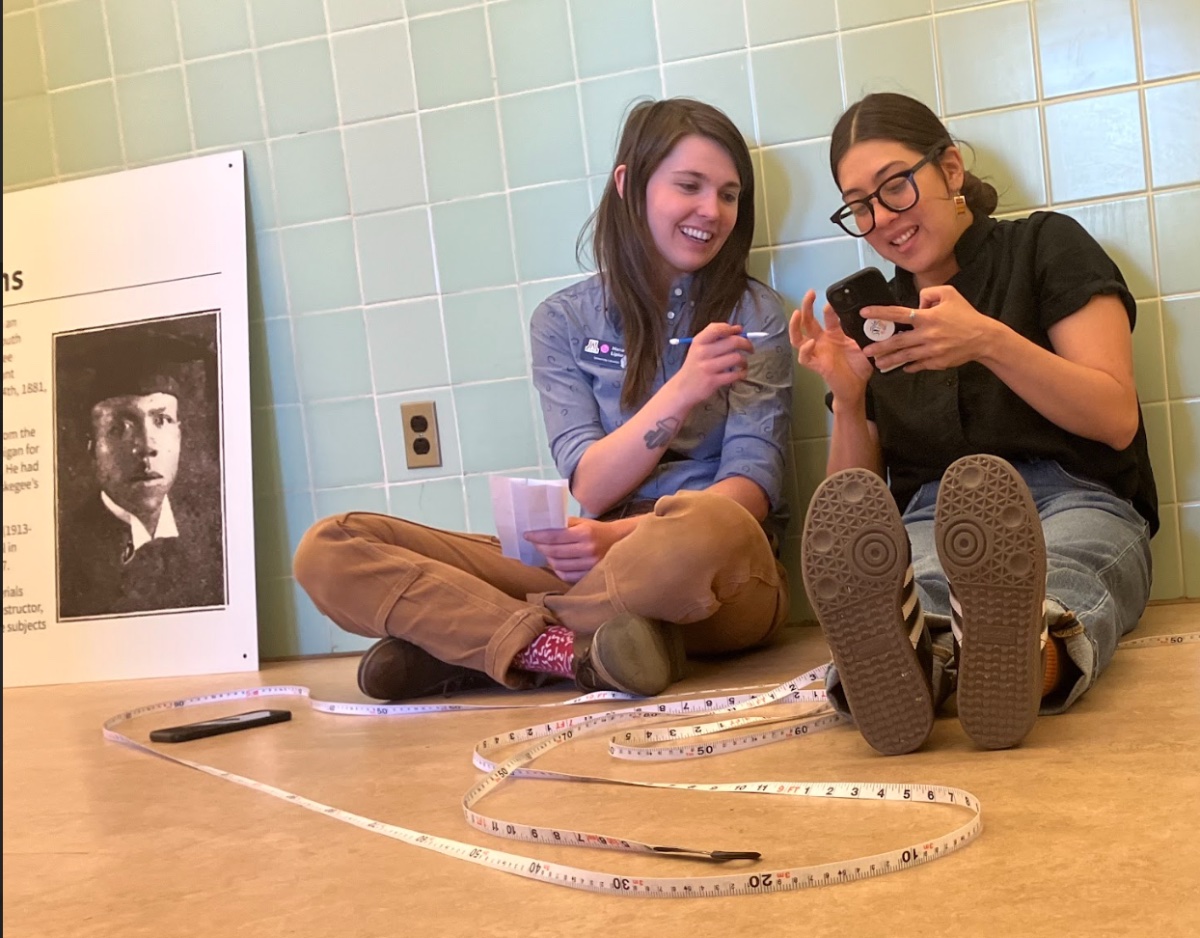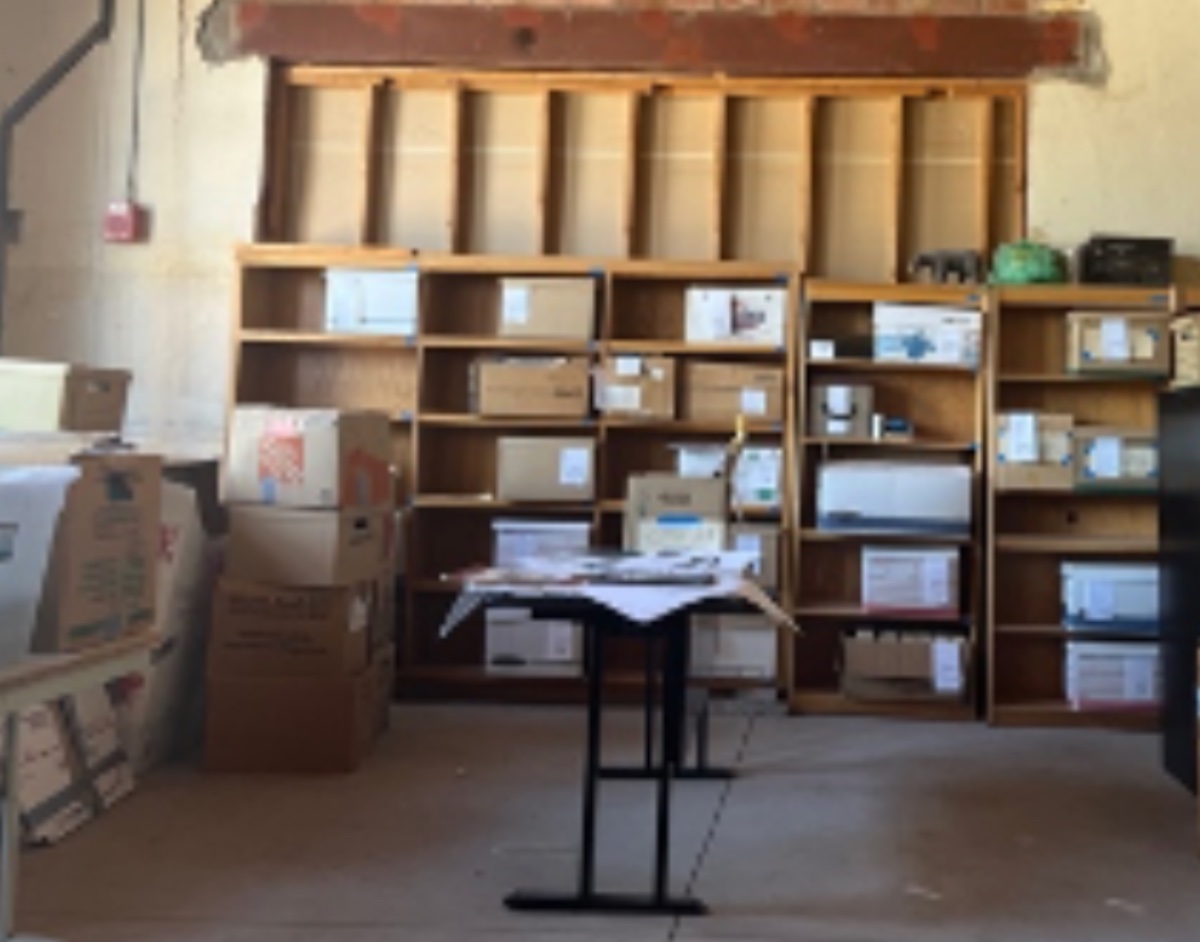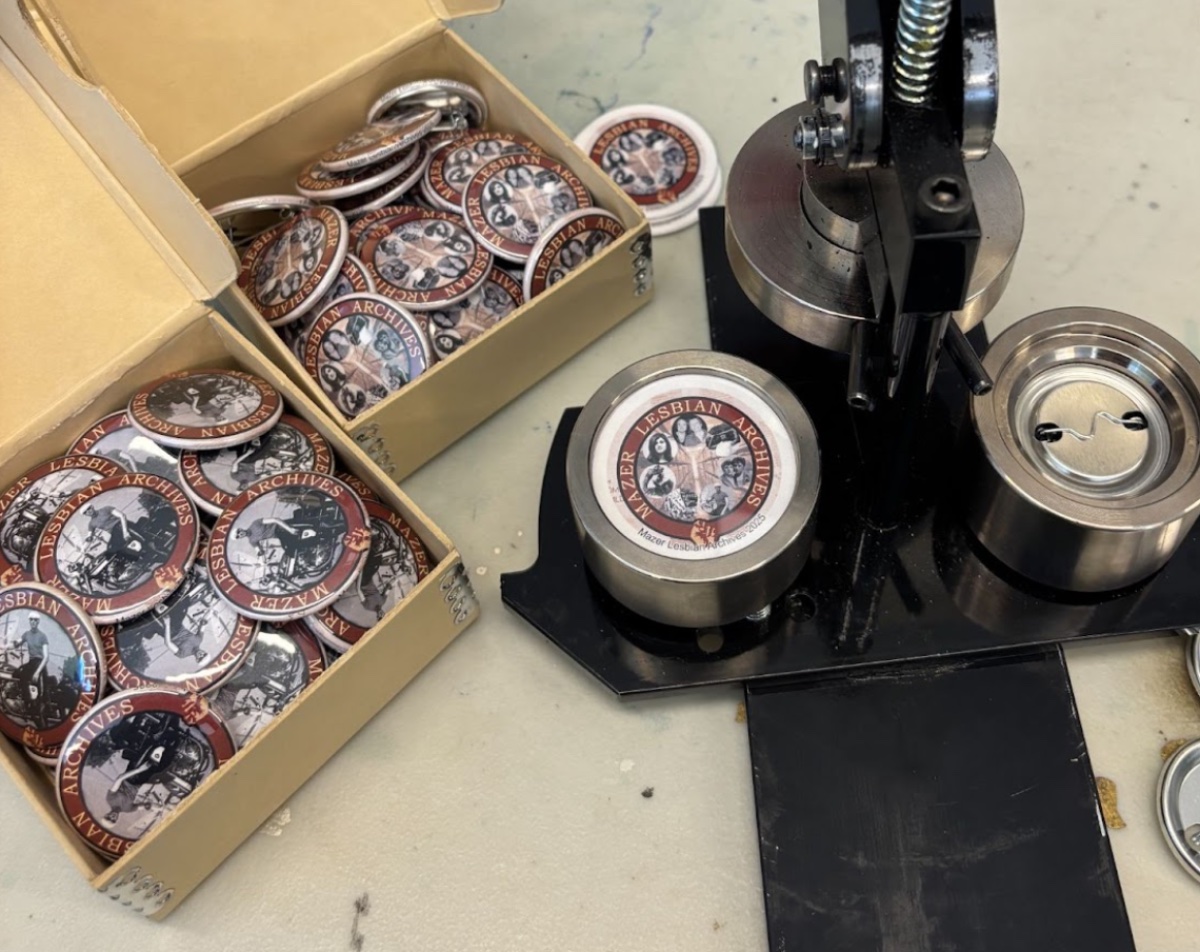By Blair Black, May 2025, FOCAS Intern, 24-25 / UCLA
Volunteering at the L.A. Asian Pacific Film Festival (LAAPFF), presented by Visual Communications (VC), was a deeply moving experience that reminded me of how essential collaboration is to sustaining community memory. As an archivist, I often think about legacy in terms of preservation—but working the festival taught me that legacy is also carried in relationships, shared labor, and intergenerational storytelling. At LAAPFF, all of those elements came together in real time.
One of the most powerful moments was the L.A. premiere of Third Act (2025), a documentary by Tadashi Nakamura about his father, Robert “Bob” Nakamura—”Father of Asian American cinema,” educator, and co-founder of VC. The screening took place at the Japanese American National Museum (JANM), where Tad works as the Frank H. Watase Media Arts Center Director, adding another layer of meaning. The space was filled with generations of community members: former students, artists, activists, and collaborators. Family and friends gathered alongside members of the Little Tokyo community to celebrate a life and legacy that had shaped so much of Asian American media history.

Photo Courtesy of Visual Communications
What made the film even more meaningful was the way it seamlessly wove in archival footage and photographs from VC’s collection—some of which Tad had personally worked with over the years. These archival materials didn’t just provide visual context; they were part of the story. They bore witness to Bob’s journey and the evolution of the Asian American movement itself. Seeing these materials repurposed in a living, breathing work of art affirmed for me how archives are not static—they’re active participants in storytelling.
As an archivist, moments like this affirm the importance of our work—not just in preserving the past, but in making it accessible for future creativity and reflection. VC’s archives have long been a resource for filmmakers, scholars, and community members. What Third Act demonstrated so beautifully is that archives, when rooted in community, can serve as bridges between generations—holding histories that are as personal as they are political.

Photo Courtesy of Visual Communications
That spirit of shared purpose extended far beyond the screening. Every shift I worked at the festival—from check-in to ushering to supporting panels—was powered by a collaborative rhythm. VC staff led with care and humility, creating space for volunteers, filmmakers, and community members to contribute meaningfully. There was a palpable sense of joy in working together—whether we were troubleshooting tech or sharing snacks in the green room.
What sets LAAPFF apart is that it’s not just an event—it’s an embodiment of VC’s values: cultural self-determination, intergenerational exchange, and community-based storytelling. And archives are deeply entangled with the community they represent. Whether materials are being pulled for a documentary or shared at a tagging session with elders, they’re part of a larger ecosystem of memory and movement.
To uplift community, we must work collectively. That means building trust, honoring legacy, and making space for new voices to emerge. At LAAPFF, I saw all of that in action—and was reminded that archival work doesn’t end with preservation. It begins again each time someone tells a story.


